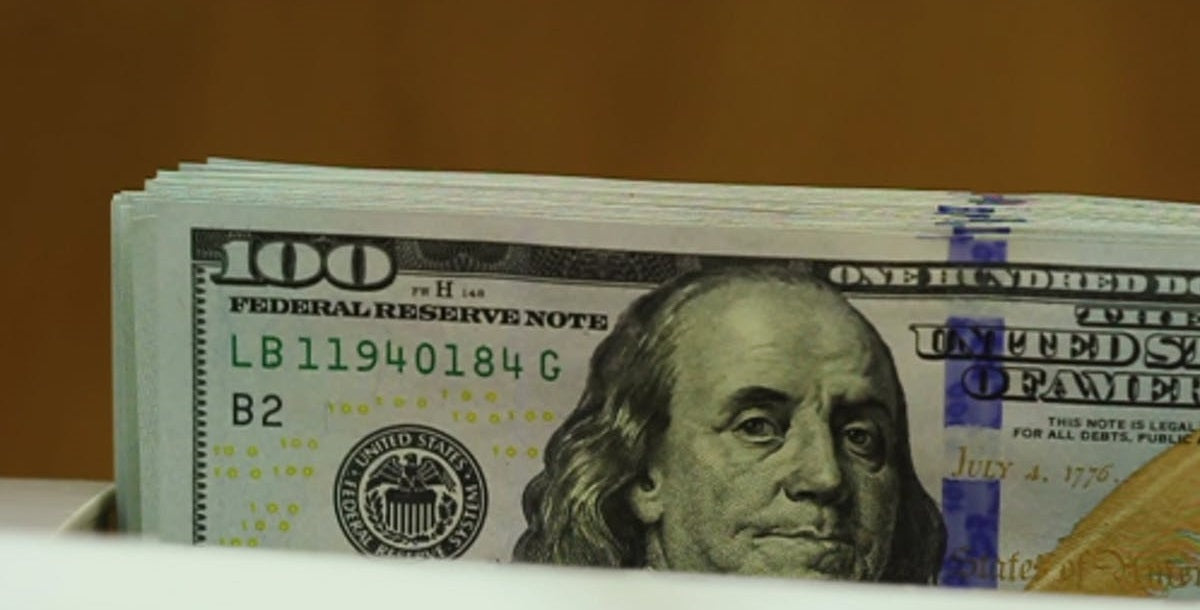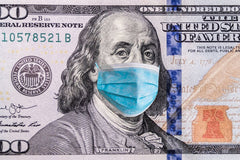Your cart is currently empty.
Free shipping on orders over $50

- Feb, 10 , 20
- 1 comment
6 Factors to Consider When Buying a Money Counting Machine
Contents
A money counting machine is one of the most useful tools you can have. They can drastically reduce counting errors and help to ensure that your accounts are accurate. They can save you time. because they count money much faster than a flesh-and-blood money counter. But counting isn’t all they do.
Money counting machines can also detect counterfeit bills, and they can do so much more accurately than we can. They can incorporate technology that makes the counterfeit detection process much more reliable and quicker.
Mixed Currency Counters
When shopping for a cash counting machine, there are a few things to look for. Price and functionality are among the most important factors to consider. You need a money counter that does all the things you need it to do, and nothing more. So, you’re looking to avoid both over and under functionality, all without spending too much money.
Since a cash counter is supposed to make your life easier, it should be easy to use. You’ll need to choose between manual and automatic, and you’ll want to consider hopper capacity, as well. Not all money counters have counterfeit detection capabilities, so you’ll have to decide if that’s a feature you want. Finally, you’ll need to consider whether or not you want to have mixed-denomination value detection.
Price and Functionality
We’ll start with functionality. As with any other gadget you can buy, there are all kinds of features that can be included in money counters, but the actual need for many of these features is questionable, to say the least.
Instead of being wowed by features, focus on just what you need. A large supermarket has need of more features than a small business. If you run a small business or any business in which all of the cash will be placed in a register, a basic money counter may be all you need.
These bill counters do not sense denomination value, they just count the number of bills and scan them with counterfeit detection technology. Since the money is coming out of cash registers, it is already sorted by denomination, which makes a basic cash counting machine perfectly suited to your needs. Money counting can be time consuming, and this machine will save you a lot of time.
Value counters, or mixed-denomination counters, have imaging software that lets them detect the denomination of the bill. If you don’t have the cash already sorted of if you’re worried about stray bills ending up in the wrong stack, a value counter is a good choice.

Sorters and stackers have multiple hoppers. In addition to being able to count different denominations, they can sort them into stacks by denomination. These can be very useful if your cash isn’t already sorted.
Multi-currency counters have the ability to sort currencies other than U.S. Dollars. They are typically sold with a pre-programmed package of different currencies, and some models can be updated with software packages that will allow them to sort even more.
The more features a money counter has, the more expensive it is. Basic money counters are the most affordable option by far, and multi-currency machines and sorting machines are the most expensive. Their features are only useful in specific situations, though. While a bank might need them, a grocery store wouldn’t.
You can easily find money counter’s for less than $200, although if you need a bank-grade machine even a basic model will be more than that. Mixed denomination counters are much more expensive, routinely costing over $1,000.
Ease of Use
A money counting machine should be as easy as possible to use. As with price, the difficulty increases with each additional feature. A simple cash counter can be as easy as putting the bills in the hopper and turning the counter on.
Even though the difficulty of use increases with each added feature, more complex money counters can and should be easy to use. In fact, the only additional steps there should be are, at most, a few buttons to push before the machine starts to count. This should amount to telling the machine which currency is being used or how you want the bills sorted.
This means that the biggest factor in determining how easy a cash counter is to use is often the user interface. If you can’t try a machine out in person, read reviews of it to see if there are any complaints about ease of use. It should have an easy to read LED display or LCD display to make using it as simple as possible.
Hopper Capacity
The hopper is the pocket-like structure that you place the uncounted bills in. Some sources will also describe the tray in which the counted bills are placed as the hopper. Hopper capacity matters because it determines how much money can be sorted at any one time.
200 bills is a common hopper capacity for basic models, and for many of you that will be sufficient. If a money counter has a hopper capacity of 200 bills, and a counting speed of 1,000 bills per minute, that’s five times every minute that you’ll have to add more money. Of course, removing the counted bills and adding more takes time, so it will take longer to count the money.
That’s why a higher-capacity hopper is desirable. Just remember that if your business doesn’t handle that much cash, a bigger hopper might not be all that important. Also be aware that some models have a higher feeder capacity than carrier capacity. That means that you can place more bills in the hopper than the tray for counted bills can hold. You’ll have to remove some bills before it completes the stack.
Currency Counting Machine With Counterfeit Detection
This is one of the most important features of a money counting machine, and while not every model has this built-in, you really want it in yours. Counterfeit money is everywhere, with millions of dollars in counterfeit bills in circulation.

Identifying counterfeit money by hand is tricky and time-consuming. To be truly safe you’d have to check every single bill, and you don’t have that kind of time. Real bills are made with advanced counter-counterfeit measures, and counterfeit bill detectors are excellent at spotting fakes.
There are several different techniques that a money counter can use to check for counterfeits. The most common counterfeit detection tool in money counting machines is UV detection. Modern U.S. currency is printed with ink that glows under ultraviolet light. This is a simple and effective way to prevent counterfeit bills, but it is possible to fake the UV strip. Difficult, but possible.
Counterfeit Money Detectors
Bills are also printed with magnetic ink. A magnetic detector can sense the magnetic field given off by the ink, which verifies that it’s a real bill and reliably detects counterfeit bills. Like the UV ink, this ink can be faked. Counterfeiters have already started using their own magnetic ink. In addition, the ink degrades over time and loses its magnetism.
Infrared detection is the least common anti-counterfeit method, but it is very effective. IR detection relies on inks that either absorb or reflect infrared light. These inks are, currently, impossible for counterfeiters to use.
You will rarely find UV, MG, and IR detection on the same machine. IR counterfeit is impossible, but it is also expensive to test for. UV and MG are much more common, and you are far more likely to find cash counting machines that use one or both of those techniques for counterfeit detection.
Mixed Denomination Value Detection
Mixed denomination machines are usually much more expensive than more standard money counters. They require color image sensors and advanced imaging software to determine the denomination of each bill, and these components have to be top-of-the-line in order to work accurately at the speed with which a money counting machine operates.
Money Counter Machines
Another benefit of the color imaging sensors is that they add another layer of security to your money counting since they can also be used to spot counterfeits. The expense of the mixed denomination machine is probably not worth it for a small business owner or even a large supermarket since all of their cash is pre-sorted in cash registers.
It is a nice convenience, though, and if you have the room in the budget it might be worth splurging. You wouldn’t have to worry about keeping the bills sorted and you get added counterfeit security. You should also remember that pre-sorted bills in a register drawer aren’t guaranteed to be sorted correctly.
Sorting mistakes happen all the time. A $5 bill ends up in the $1, and then fed into a cash counter, and you lose $4. Mixed denomination machines prevent that from happening.
Conclusion
Once you’ve decided what your needs are, picking a money counting machine isn’t hard. If you have a need for one with lots of added features, you likely also have the budget for it. If all you need is a counter to add up the bills, there are lots of very good machines to choose from. The counterfeit detection is available at all price points, too. Mixed denomination detection is very useful, but not strictly necessary if you’d rather not spend the money. No matter what you choose, we hope this has been a helpful guide.
Search
Custom Menu
Recent Post
Archive
- April 2022
- September 2021
- July 2021
- February 2021
- December 2020
- September 2020





1 comment
Lawrence Zaino
Jan 26, 2022 at 05:23What are the best practices related to the counterfeit and money counting machines.
I need to purchase a few but need to give the current best practices.
Thank you,
Larry